When AI-powered SaaS tools exploded onto the scene, businesses everywhere cheered—but competition is fierce, and confusion runs rampant. The key to success? Clear, strategic classification. It helps you speak directly to the right audience, showcase value, and make your marketing and product messaging crystal-clear.
Here’s a friendly, no-nonsense guide to classifying your AI SaaS platform using five essential criteria. By the time you’re done, you’ll have a roadmap to translate complexity into clarity—and give your product the competitive edge it deserves.
1. What It Does: Purpose & Core Functionality
The why and how matter. Clearly define:
-
Is it an automation tool? (e.g., processing invoices, scheduling tasks)
-
Is it analytics-based? (e.g., trend forecasting, customer insights)
-
Is it for engagement or communication? (e.g., chatbots, recommendation systems)
By naming the problem you solve—sales growth, time savings, operational insight—you help customers immediately see the value.
Example:
A tool that automatically analyzes support tickets and suggests responses should be classified as an AI-powered customer service automation platform, not just “AI SaaS.”
2. Who It’s For: Target Market or Industry
Not all businesses swim in the same waters. Classify by:
-
Industry vertical — finance, healthcare, retail, manufacturing
-
Company size — small business, mid-market, enterprise
-
Use case scenario — B2B vs B2C, regulated vs non-regulated
Your messaging should echo the language of your audience. A tool built for healthcare regulatory compliance must speak HIPAA—while an e-commerce tool should focus on cart optimization.
Example:
Tag your platform as “AI-driven CRM analytics designed for B2B SaaS.”
3. How Smart It Is: Level of AI Capability
AI can mean very different things. Break it down:
-
Rule-based or basic automation – “If/then” workflows
-
Predictive Analytics – trends and forecasting using historical data
-
Machine Learning – models that learn and adapt over time
-
Deep Learning/NLP – advanced processing (e.g., image recognition, language translation)
Be honest. If you’re offering rule-based automation, don’t label it as “deep learning AI.” Accuracy builds trust.
4. How It Feels: User Experience & Interface
A powerful tool is only powerful if it’s usable. Ask:
-
Is the interface straightforward or cluttered?
-
Do users need technical experts, or can novices begin immediately?
-
Is onboarding supported—via chatbots, walkthroughs, guided setups?
Example:
A sleek, intuitive UI for onboarding should be labeled “AI SaaS with low- or zero-coding setup.”
Great UX doesn’t just keep people happy—it keeps them coming back.
Also Read : What Is Primerem? Everything You Need to Know
5. What Comes After: Support & Maintenance
Your launch isn’t the finish line—it’s the starting line. Consider:
-
Support options — live chat, dedicated account reps, knowledge base
-
Update frequency — weekly, monthly, quarterly
-
Customization and integrations — public APIs, custom extensions
Being transparent about what happens after sign-up shows potential customers that you’re in it for the long haul.
Wrapping These Up: Your Classification Strategy
To communicate your offering clearly, create a classification statement that includes:
| Category | Your Offer Example |
|---|---|
| Purpose | AI-powered predictive analytics |
| Industry/Market | for mid-market online retailers |
| AI Complexity | using machine learning |
| UX Accessibility | with a user-friendly, no-code interface |
| Support & Maintenance | supported by 24/7 chat and monthly feature updates |
Your tagline might read:
“An AI-powered predictive analytics platform for mid-market retailers—machine learning-driven, no-code UI, backed by 24/7 support.”
Why It Pays to Classify
-
Customers find you faster — They’re searching “AI tool for retailer analytics.” You’re there.
-
Marketing stays precise — Ads, landing pages, demos all speak clearly to the right audience.
-
Sales conversations click — Prospects understand exactly what you’re offering.
-
Product roadmap stays sharp — Your team builds with clarity and purpose.
A Quick Real-World Example
Imagine two AI SaaS marketing tools:
-
Tool A is “AI marketing.” Too vague.
-
Tool B is “AI email personalization using predictive analytics and NLP; no-coding setup; live support.”
Which one makes you stop and pay attention? Tool B clarifies who it’s for, what it does, and why it matters.
Taking It Further: Pro Tips
-
Use keywords people actually search (e.g., “AI SaaS for e‑commerce analytics”)
-
Create landing pages for each category or persona.
-
Update as you grow — your product evolves, so should your classifications.
-
Train your sales and support teams—alignment is key for messaging to stay consistent.
In Summary
Classifying your AI SaaS product with precision is more than marketing—it’s about creating clarity for everyone: you, your team, and your customers.
Start by defining:
-
What you do
-
Who you help
-
How smart you are
-
How easy you are to use
-
How you support customers
Get clarity on these five fronts, and you’ll build stronger messaging, happier users, and a more scalable path forward.
Want help mapping your product’s category or refining your tagline? Just ask—I’m happy to help!

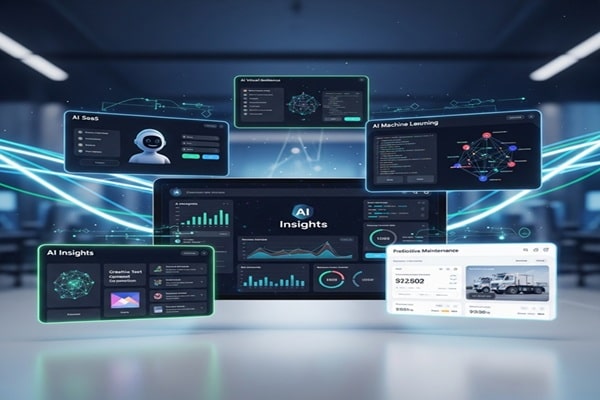
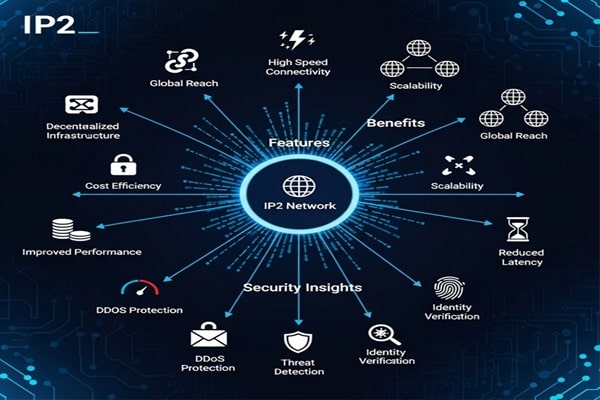
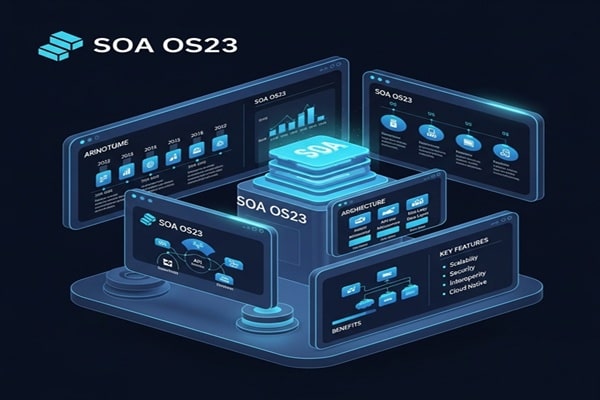
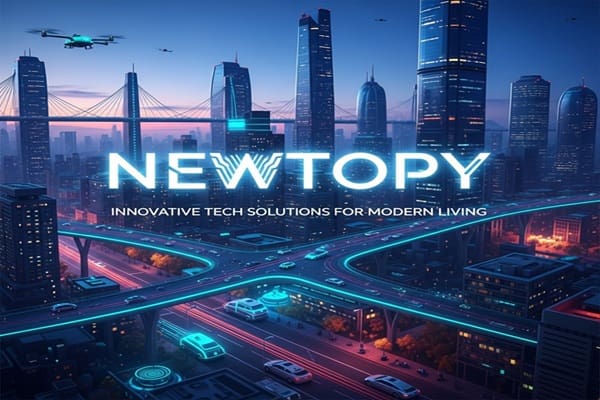
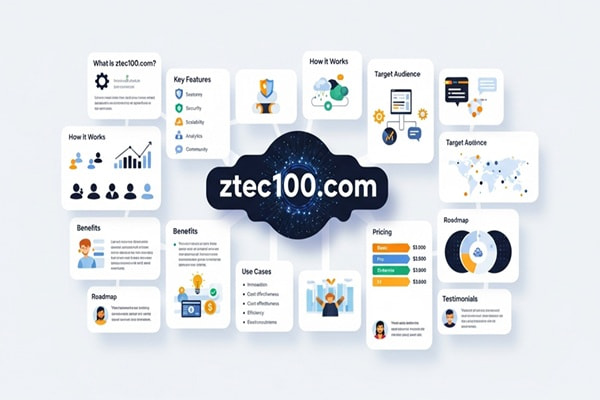
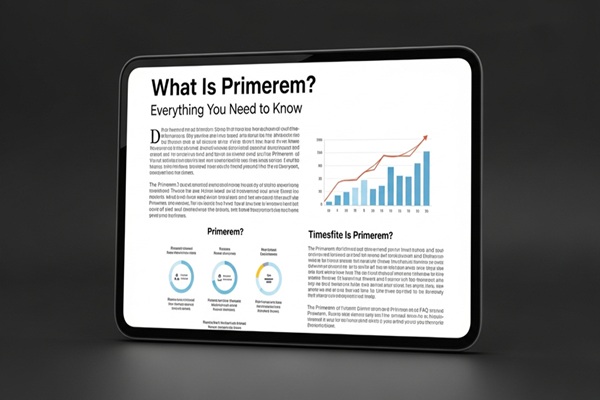
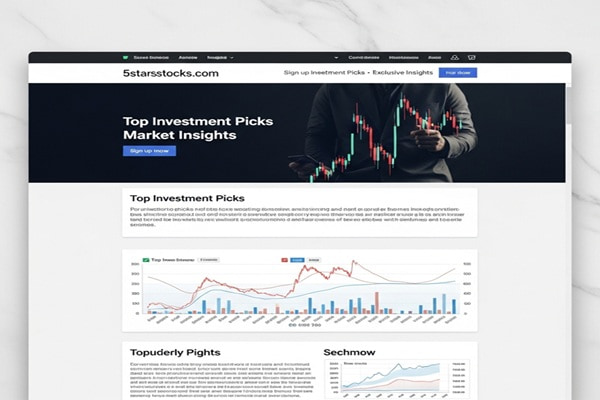
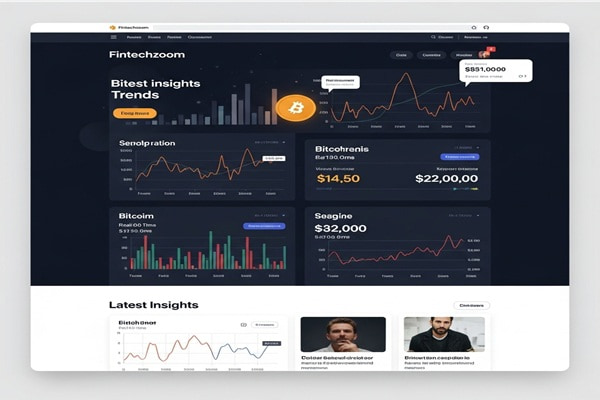
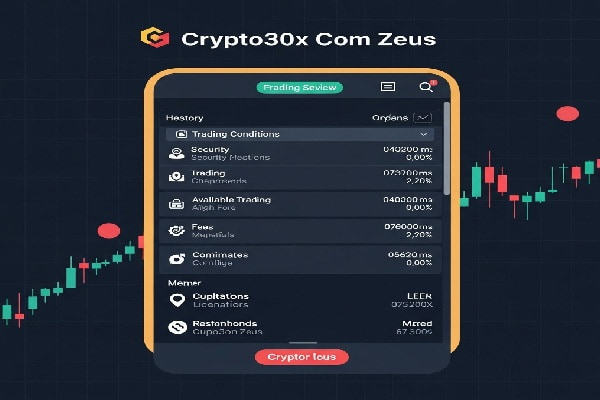

Leave a Reply